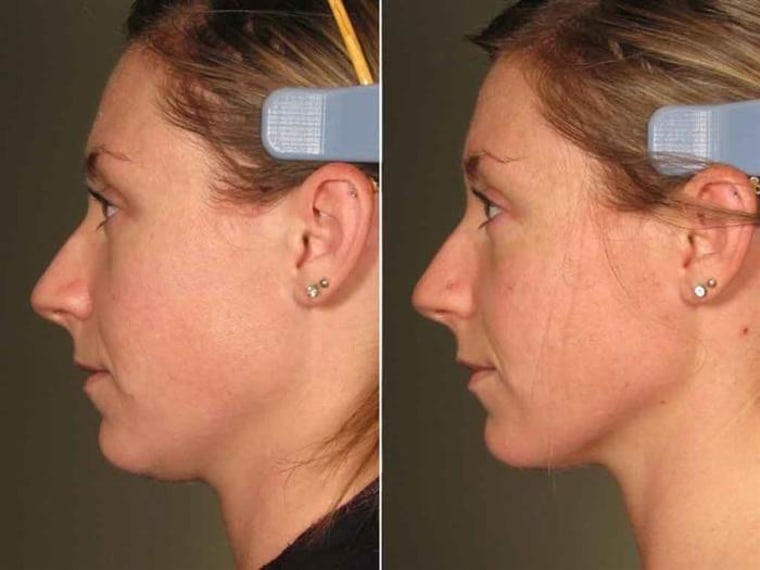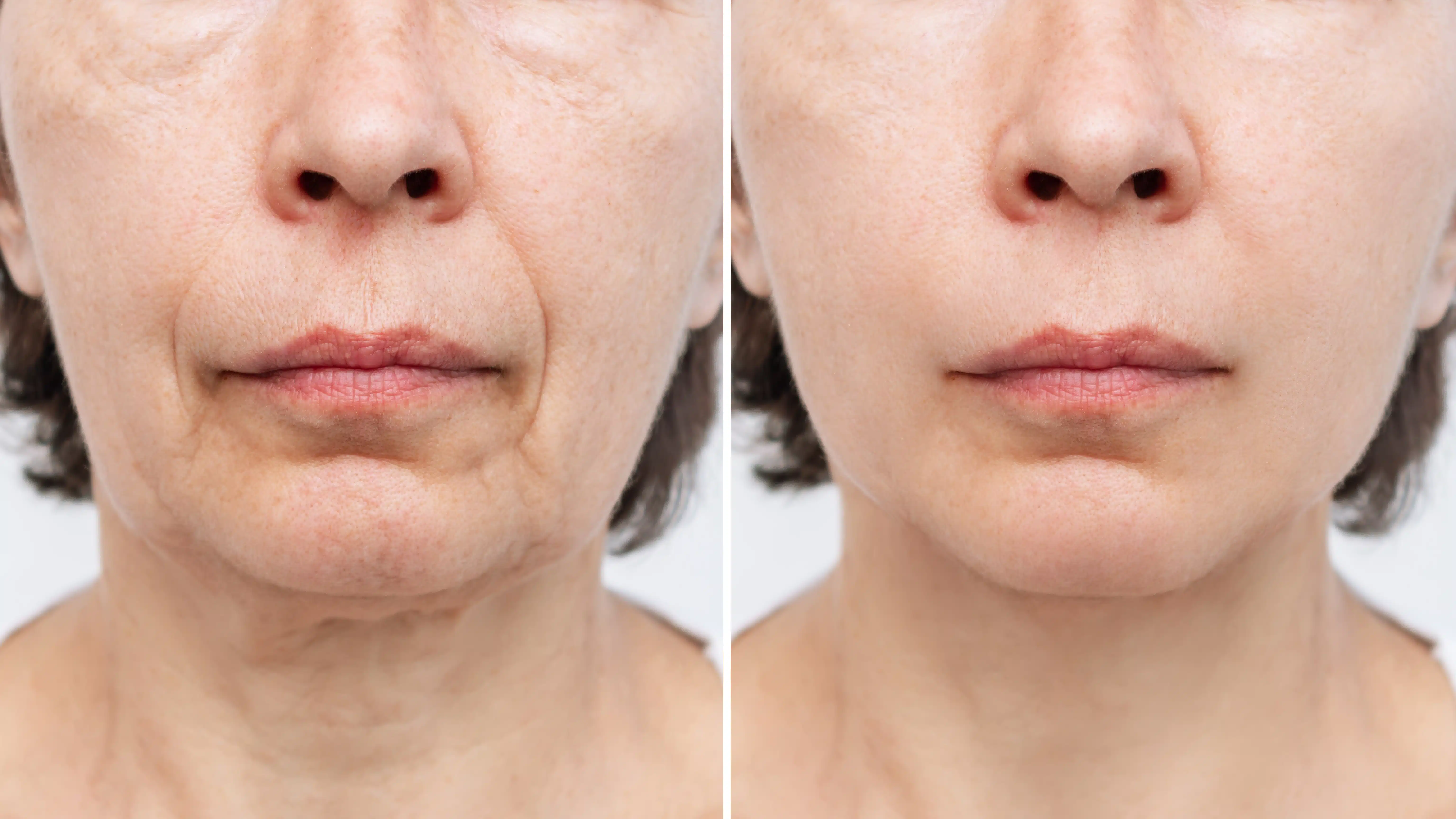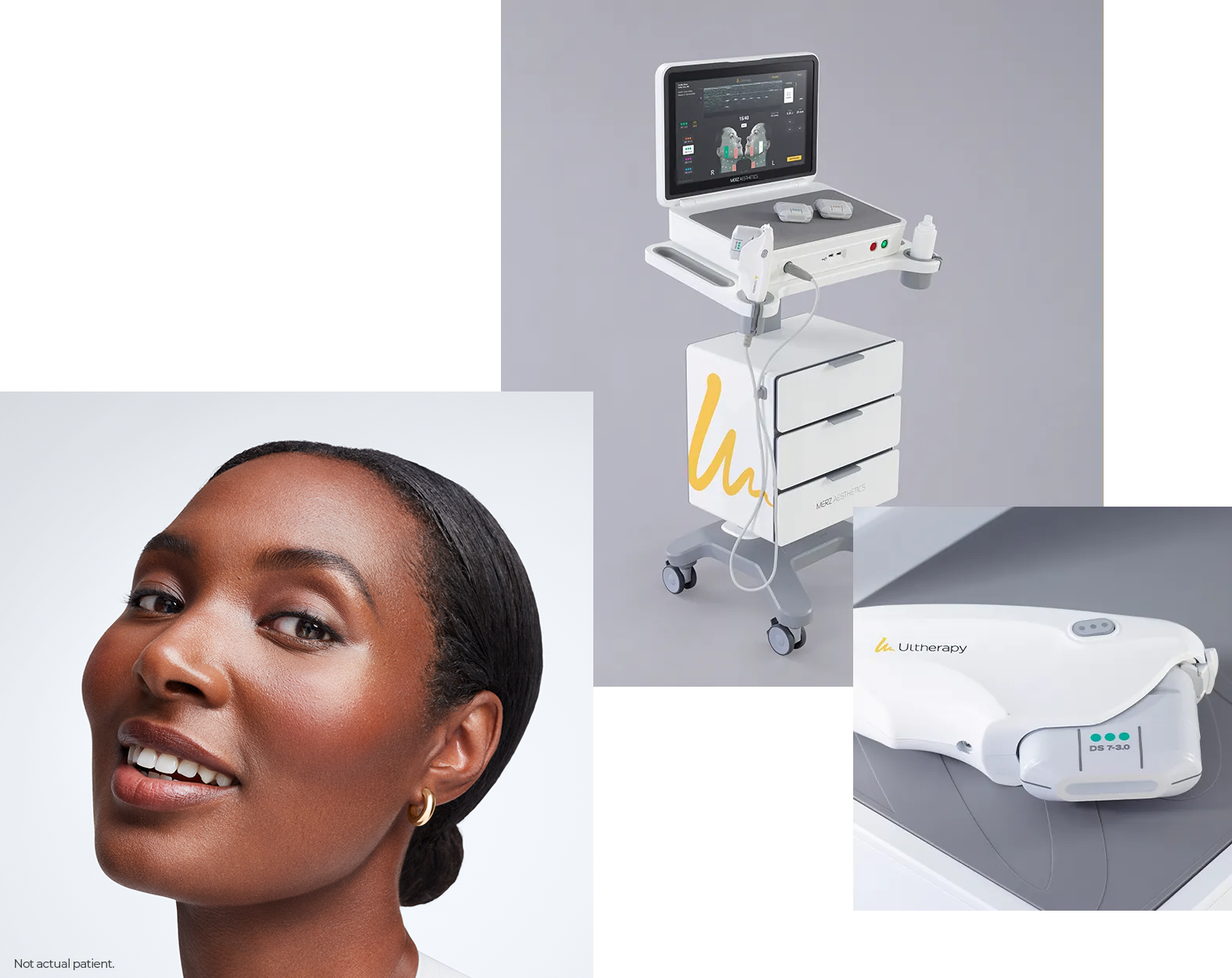Density RF Malaysia vs Ultherapy Malaysia: Comparison Guide
Wiki Article
Why Ultherapy May Be Clinically Required: Exploring the Reasons for a Non Surgical Lift
Ultherapy is acquiring attention as a feasible choice for individuals dealing with skin laxity as a result of aging or particular clinical conditions. This non-surgical treatment stimulates collagen manufacturing, offering a remedy that prevents the recuperation time related to invasive procedures. As individuals seek to enhance not just their appearance yet likewise their overall skin wellness, comprehending the circumstances that warrant Ultherapy's usage becomes necessary. What variables add to its medical necessity?Recognizing Ultherapy: What It Is and How It Functions
Ultherapy, a non-invasive cosmetic procedure, utilizes ultrasound technology to boost collagen production and promote skin tightening. By delivering concentrated ultrasound energy deep right into the skin, it targets the fundamental layers normally addressed in surgical facelifts. This procedure motivates the body's all-natural recovery response, leading to gradual lifting and tightening of the skin with time.
Treatment sessions typically last in between 30 to 90 minutes, relying on the size of the location being treated. While results might not be quickly noticeable, ideal results typically appear within 2 to 3 months as collagen proceeds to develop. Ultherapy deals a compelling non-surgical alternative for people looking for skin renewal without the demand for invasive procedures.
The Aging Refine: Results on Skin Elasticity and Collagen
Aging unavoidably brings modifications that diminish skin elasticity and collagen production, causing visible indications of sagging and wrinkles. As people age, the skin's capability to keep dampness declines, resulting in a drier and less resistant surface area. Collagen, an important protein accountable for skin structure, likewise diminishes, triggering the skin to lose its firmness and younger appearance. Elements such as sun direct exposure, toxic wastes, and way of living options better increase this decrease in skin high quality.This loss of flexibility and collagen produces a cascade of modifications, including the development of jowls, strengthening nasolabial folds, and a total drooping look. The skin's support group deteriorates, making it extra vulnerable to the effects of gravity. Lots of individuals look for interventions like Ultherapy to deal with these aging results, aiming to recover an extra youthful, tight look without the requirement for invasive surgical treatments.
Clinical Conditions That May Benefit From Ultherapy
Ultherapy is progressively acknowledged for its possible advantages in addressing various medical conditions. People experiencing skin laxity, those in post-surgical recuperation, and people with chronic skin conditions might discover this non-invasive therapy helpful. By promoting collagen manufacturing, Ultherapy can boost skin suppleness and boost overall appearance for these groups.
Skin Laxity Problems
Skin laxity can be a considerable worry for people experiencing numerous medical conditions that impact the honesty and flexibility of their skin. Conditions such as Ehlers-Danlos syndrome, which disrupts collagen manufacturing, can result in early skin aging and sagging. In addition, individuals with autoimmune conditions might experience skin modifications that contribute to laxity. Hormonal changes, especially throughout menopause, likewise play a role in reducing skin suppleness. Ultherapy, using ultrasound technology, targets the deeper layers of skin, boosting collagen manufacturing and tightening the affected locations. This non-invasive treatment may offer a feasible solution for those seeking to resolve skin laxity arising from these clinical problems, improving both look and self-confidence without the demand for medical treatment.Post-Surgical Recuperation Help
Post-surgical recuperation can commonly present obstacles, especially for people experiencing skin laxity as a result of medical treatments. Ultherapy functions as a prospective help in this scenario, utilizing ultrasound technology to stimulate collagen production and boost skin rigidity without intrusive treatments. Individuals that have actually undertaken surgeries such as facelifts, liposuction, or other body contouring procedures may locate that Ultherapy boosts their recuperation by resolving irregular appearance and laxity that can take place post-operation. This non-surgical strategy can bring about boosted visual end results, possibly minimizing the requirement for additional medical interventions. It might aid ease discomfort connected with the healing procedure, offering people a much more all-inclusive recovery experience. Subsequently, Ultherapy can be a beneficial choice in post-surgical care.Chronic Skin Problem
For individuals experiencing persistent skin problem such as acne scars, rosacea, or laxity as a result of aging, non-invasive treatments may supply considerable relief and renovation. Ultherapy has become an appealing option, making use of ultrasound innovation to stimulate collagen manufacturing deep within the skin. This process can improve skin texture and flexibility, dealing with concerns like unequal complexion and sagging. In certain, those with rosacea may experience reduced inflammation and inflammation, while individuals with acne scars can gain from improved skin smoothness and total appearance. Notably, Ultherapy offers a non-surgical choice that minimizes recuperation time and risks connected with invasive procedures, making it an enticing option for people seeking efficient management of chronic skin disease.Psychological Effect of Drooping Skin and Aesthetic Issues
The psychological toll of aging typically shows up in the form of sagging skin, which can substantially affect an individual's self-worth and overall psychological health. Many individuals connect vibrant appearances with energy and appearance, bring about feelings of inadequacy when confronted with visible indicators of aging. This perceived decline in appeal can cause social anxiousness, withdrawal from social interactions, and an enhanced fixation with one's look.People might really feel urged to look for visual treatments to combat these issues, as the wish to preserve a younger look can end up being linked with individuality. The mental impacts of drooping skin may likewise bring about clinical depression or a diminished quality of life. Non-surgical choices like Ultherapy arise as prospective solutions, aiming not only to revitalize the skin but also to recover self-confidence and a positive self-image, eventually dealing with the deeper psychological implications of aging.
Comparing Ultherapy to Traditional Surgical Options
When contrasting Ultherapy to standard surgical alternatives, substantial differences emerge in both cost-effectiveness and recuperation time. Ultherapy offers from this source a non-invasive approach that frequently causes reduced costs and minimal downtime for people. In comparison, surgical lifts usually need more financial investment and an extended recuperation duration.Cost-Effectiveness of Ultherapy

Although traditional medical lifts frequently feature significant ahead of time costs and extended recuperation times, Ultherapy provides a compelling alternative that can supply similar results at a fraction of the rate. The average expense of a medical facelift can range from $7,000 to $15,000, while Ultherapy therapies generally drop between $2,000 and $4,500, relying on the area treated and copyright knowledge. In addition, the absence of comprehensive pre-operative evaluations and post-operative treatment connected with Ultherapy better contributes to its cost-effectiveness. This strategy not only minimizes monetary stress yet additionally allows patients to buy other elements of their health and wellness. By Bonuses doing this, Ultherapy becomes an economically sensible alternative for those looking for face restoration without the burdens of traditional surgery.
Healing Time Comparison
Recuperation time is a significant element in the decision-making procedure for those considering cosmetic procedures. Ultherapy stands out as a non-surgical option that typically requires minimal downtime. Most patients can go back to their day-to-day tasks nearly right away, experiencing only mild redness or swelling that usually resolves within a couple of hours. In comparison, standard surgical options, such as renovations, usually demand a prolonged recuperation duration. Patients might deal with several weeks of swelling, wounding, and limited activity, with some returning to regular routines taking up to 3 months. This plain distinction in healing time makes Ultherapy an enticing option for individuals looking for efficient results without the considerable aftercare connected with surgery, enabling check my blog a smoother adjustment back to day-to-day life.The Long-Term Benefits of Non-Invasive Treatments for Skin Wellness
As people significantly look for alternatives to surgical procedures, the long-lasting advantages of non-invasive therapies for skin wellness become a lot more evident. Treatments such as Ultherapy, chemical peels, and laser treatment deal considerable advantages without the need for considerable healing times associated with surgical procedure. Ultherapy Malaysia. In time, these non-invasive options can promote collagen production, bring about stronger skin and a more vibrant appearanceFurthermore, normal non-invasive treatments can improve skin texture, tone, and flexibility, improving total skin health and wellness. Individuals often experience less issues and adverse effects, making these procedures more appealing.
The advancing results of regular treatments can sustain and prolong aesthetic enhancements, enabling people to keep their wanted look with minimal downtime. By prioritizing non-invasive methods, people can achieve long lasting results while prioritizing their health and wellness and wellness. Eventually, the long-lasting advantages of such techniques emphasize their expanding appeal in modern-day skin care.
Often Asked Concerns

Exactly how Lengthy Does an Ultherapy Session Usually Take?
An Ultherapy session commonly lasts in between 30 to 90 minutes, relying on the treatment location. Factors such as the individual's certain needs and the extent of the treatment can affect the overall duration.
Are There Any Adverse Effects Connected With Ultherapy?
Ultherapy can result in side effects such as short-lived inflammation, swelling, or inflammation in the treated area - RJ Clinic Ultherapy. While a lot of individuals experience marginal discomfort, it is critical to seek advice from a professional for tailored guidance and possible reactionsJust How Soon Can I See Outcomes After Therapy?
Results from Ultherapy typically begin to show up within two to 3 months post-treatment. The complete effects might proceed to establish over six months as collagen manufacturing boosts, resulting in visible training and tightening up of the skin.
Is Ultherapy Suitable for All Skin Kinds?
Ultherapy is typically ideal for various skin types, consisting of lighter and darker tones. Nonetheless, individual skin disease and problems may impact its performance, making consultations with a qualified specialist essential for tailored suggestions.How Usually Should Ultherapy Treatments Be Repeated?
Ultherapy therapies are typically recommended every 6 to twelve month, relying on specific skin disease and preferred outcomes. Routine assessments by a qualified professional can aid determine the most effective frequency for upkeep and performance.Report this wiki page